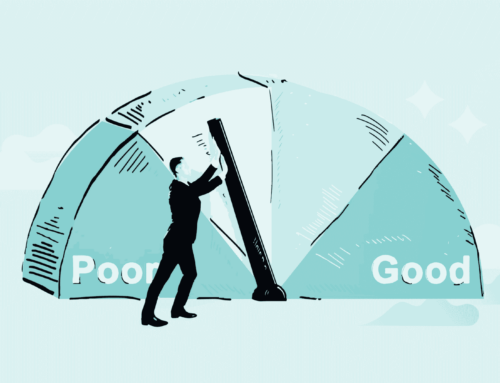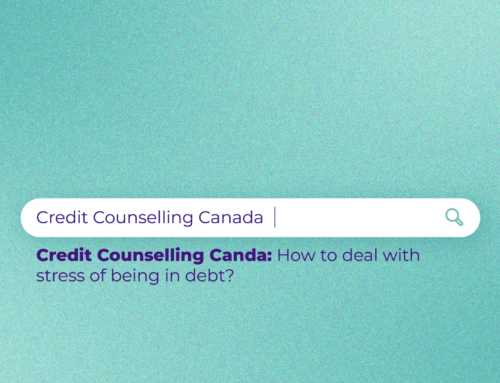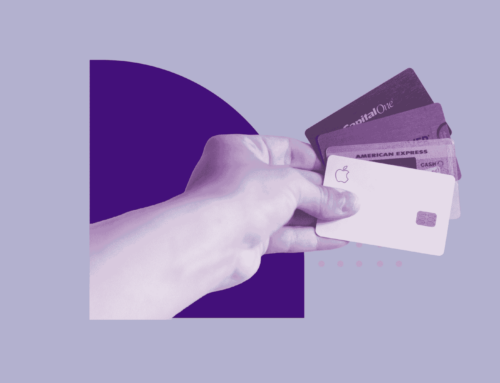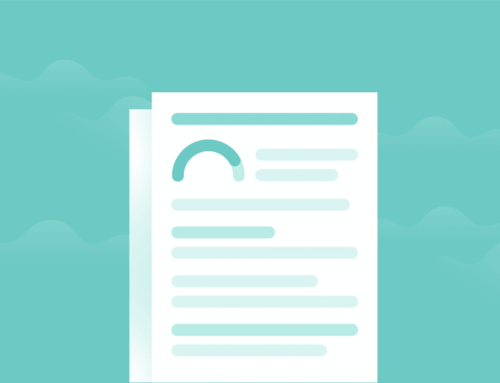What is a consumer proposal? We recently wrote two posts on: The good, the bad, and the ugly of consumer proposals and The real (and hidden) costs of a consumer proposal, both of which should be helpful in bringing you up to speed. Today’s blog post follows the consumer proposal journey in Canada from out-of-control debt to proposal to monthly payments, and finally, debt relief.
According to the Government of Canada, consumer insolvencies for the 12-month period ending March 31, 2019, increased by 4.3% compared to the year before. Interestingly, consumer bankruptcies decreased by 3.7%, while consumer proposals increased by 11.2%. Today, we’ll look at the difference between bankruptcies and consumer proposals, the stigma behind bankruptcies, and, most importantly, the step-by-step consumer proposal journey from start to finish.
Consumer proposal journey stage 1: Out-of-control debt relief
Debt comes in many forms, as most of us are well aware. There is income tax debt, student loan debt, unexpected expenses, maxing out on credit, unemployment and income issues such as layoff or reduction in pay. Debt can come from health-related problems, marital challenges, mortgage shortfalls, this list goes on as to how we get to a place of serious debt. For whatever reason that you’re not able to make our bill payments, often times creditors and debt collectors start calling. Debt escalates and compounds—as does your stress level.
You need a fresh start.
You need to fix up our past and current shortcomings and move forward. You need space to breathe and think. That’s how thousands of Canadians every year come upon consumer proposals.
Stage 2: Weighing your options: Bankruptcy or consumer proposals?
Stage two of your consumer proposal journey is when you meet with a licensed insolvency trustee to get financial advice. They look at your monthly income, assets and debt, or how much you owe. They give two proposals or scenarios: this is what bankruptcy versus a consumer proposal looks like. In order to qualify for a consumer proposal, your unsecured* debt must be between $1,000 and $250,000.
*Unsecured debt includes credit cards, payday loans, income tax debt and student loans, whereas with secured debt, the assets that secure the debt, such as a house (mortgage) or car (auto loan), are on the line. For example, if you fault on your car loans, they can seize your car or sue you—and a consumer proposal wouldn’t apply.
Consumer proposal versus bankruptcy
With a consumer proposal, you maintain your assets, have one monthly fixed payment with no interest that is based on how much you owe and can afford to pay back, and you can payout the entire debt early if you want and can. In Canada, the maximum term to be paying off a consumer proposal is five years, where the majority pay it off between four and five years. Consumer proposals usually repay as little as 25% of the debt in one monthly payment.
Bankruptcy, on the other hand, you will be required to surrender or repurchase any non-exempt assets as well as pay the trustee 50% of the new monthly earnings of anything over the standards set by the Office of the Superintendent of Bankruptcy. This doesn’t necessarily mean, however, that you will lose all of your assets. It’s actually quite similar to a consumer proposal, except that you often pay less and cannot pay it off early.
Interestingly, whereas creditors may receive 10 to 15 cents on the dollar for bankruptcy, they can get upwards of 25 to 30 cents on the dollar for a consumer proposal. That is, they make a higher return on their debt (and you’ll pay more) in a consumer proposal than in bankruptcy. Because creditors get a higher recovery with consumer proposals, they are usually accepted.
This means that people would rather pay more than three times as much with a consumer proposal than declaring bankruptcy. Why? No one wants to go bankrupt. In Canada, people view it as a barrier. It’s often psychological because they don’t like the association.
Stage 3: The consumer proposal vote
In order for your consumer proposal to move forward, all of your creditors review the proposal and take a vote after 45 days. If, on the 45th day that three out of five credits accepted the proposal, then it moves forward. A majority of the creditors have to vote yes and then everyone is bound to that proposal.
If the creditors did not come to a majority agreement, no other consumer proposal can be filed. That means that you can continue paying off your debt as you were or declare bankruptcy.
Stage 4: Moving forward with an accepted consumer proposal
Once the consumer proposal is accepted, you are no longer responsible for the debt and you now have a monthly fee to pay the licensed insolvency trustee until you are done your payments within the next five years.
Your credit report will show that you are currently in a consumer proposal (or bankruptcy) and will negatively affect your credit score for up to eight years.
Stage 5: Exiting your consumer proposal early
With a consumer proposal, you have the ability to exit it early by paying it off in full. Why might you want to do this?
As soon as you exit (or pay off) your consumer proposal in full, your credit score increases and you can begin to improving your good credit. For example, with Marble’s Fast-Track loans, we pay off your entire consumer proposal so that your credit score can increase in up to three years, rather than up to eight. We submit your monthly consumer proposal loan payments to the credit bureau and work with you to improve your credit report.






